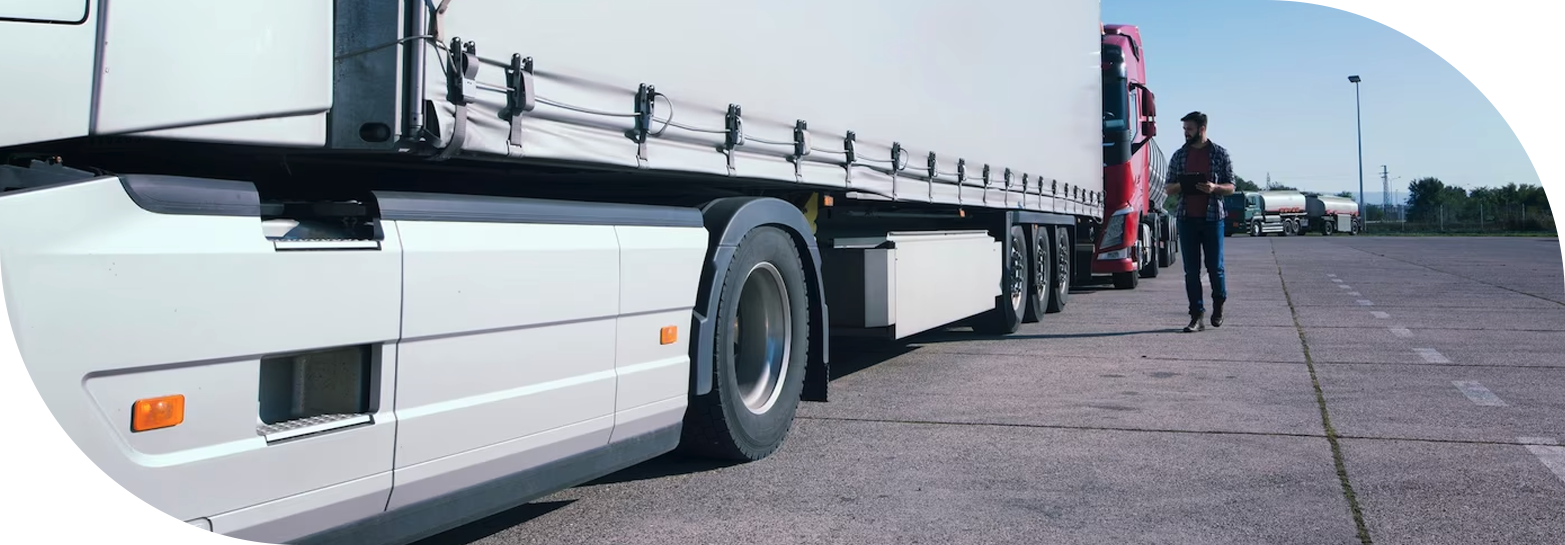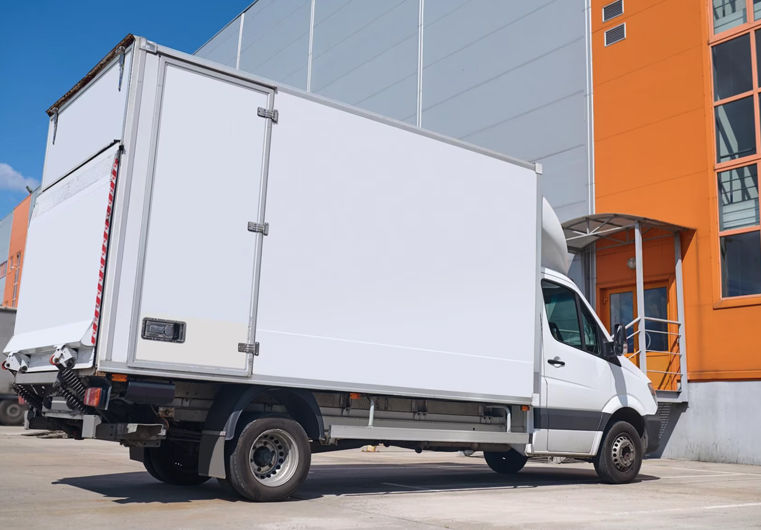
Cold chain
The IoT implemented solution to improve the Cold Chain Management

Customer profile
The customer is a large food and goods distributor and retailer, likely with a significant supply chain network and a focus on delivering high-quality products to customers.
Integrity and control
Challanges
Failure to maintain the quality and integrity of products during the cold chain can lead to significant losses for businesses and potentially harmful outcomes for consumers. Poor temperature control, mishandling, or inadequate packaging can compromise product safety and quality, resulting in spoilage, reduced shelf life, and even product recalls. It is critical for businesses to implement effective cold chain management strategies to ensure that products are delivered to consumers in optimal condition.
Solution
The IoT devices and software, can help mitigate the risks of cold chain failures by monitoring the temperature and time at specific stages of the supply chain. This technology allows for real-time tracking, alerts, and data analysis, enabling businesses to identify and address issues quickly.
Customer Benefit
Implementing IoT devices and software for cold chain management can provide several advantages. These include enhanced product quality and safety, reduced spoilage and waste, improved compliance with regulations, increased efficiency and cost savings, and greater customer satisfaction and trust.
Less waste
Challenges
One of the challenges in improving cold chain management is to reduce waste and loss without compromising efficiency. Achieving this balance requires optimizing processes and technology to minimize product spoilage and downtime, while still maintaining fast delivery times and maximizing profits.
Solution
The use of IoT for cold chain management can help reduce waste and loss while improving efficiency by providing real-time tracking, alerts, and data analysis. By using this information to optimize temperature control, minimize product spoilage, and enhance supply chain visibility, businesses can improve efficiency and reduce costs, ultimately leading to increased profitability.
Customer Benefit
The use of IoT devices and software for cold chain management can benefit the customer by improving the quality and safety of their products, reducing product spoilage and waste, and increasing supply chain efficiency. In addition, it can lead to greater customer satisfaction and trust, while also contributing to cost savings and improved sustainability.

Customer profile
The customer is a large food and goods distributor and retailer, likely with a significant supply chain network and a focus on delivering high-quality products to customers.

Customer profile
The customer is a large food and goods distributor and retailer, likely with a significant supply chain network and a focus on delivering high-quality products to customers.
Better customer satisfaction
Challanges
The lack of cold chain management can result in poor customer service by compromising the quality and safety of products. Without proper temperature control and monitoring, products can spoil or become contaminated, leading to customer complaints and negative reviews. This can damage the business’s reputation, reduce customer loyalty, and ultimately result in lost sales
Solution
By implementing Cold Chain IoT management can help address the problems of poor customer service resulting from a lack of cold chain management. By using real-time tracking and data analysis to optimize temperature control, minimize product spoilage, and enhance supply chain visibility and efficiency, businesses can ensure that their products are of high quality and delivered on time. This can lead to increased customer satisfaction, loyalty, and positive reviews, ultimately contributing to a better reputation.
Customer Benefit
Implementing IoT devices and software for cold chain management improved product quality and safety, enhanced supply chain visibility and efficiency, increased customer satisfaction and loyalty, and a better reputation. By ensuring that their products are delivered on time and in good condition, businesses can meet customer demand and expectations, resulting in increased sales and profitability.
Regulation and standards
Challenges
The issue of not having a cold chain IoT management is that it can result in poorer compliance with regulatory standards. Without proper temperature control and monitoring, products can be compromised, potentially leading to health and safety risks and regulatory violations. This can result in fines, penalties, and legal action, as well as damage to a business’s reputation. Additionally, without adequate supply chain visibility and efficiency, businesses may struggle to meet regulatory reporting requirements and audits, further increasing the risk of non-compliance.
Solution
The solution to the problem of poor compliance and regulatory standards resulting from a lack of cold chain IoT management is to implement real-time tracking and data analysis to optimize temperature control and minimize the risk of regulatory violations. By using IoT, businesses can ensure that their products are transported and stored under optimal conditions and that any deviations from these conditions are promptly detected and addressed.
Additional integration
The customer advantages of implementing IoT devices and software for cold chain management include improved compliance with regulatory standards and reduced risk of fines, penalties, and legal action. By ensuring that their products are stored and transported under optimal conditions, businesses can demonstrate compliance with regulatory requirements and avoid the negative consequences of non-compliance.

Customer benefit
The customer is a large food and goods distributor and retailer, likely with a significant supply chain network and a focus on delivering high-quality products to customers.

